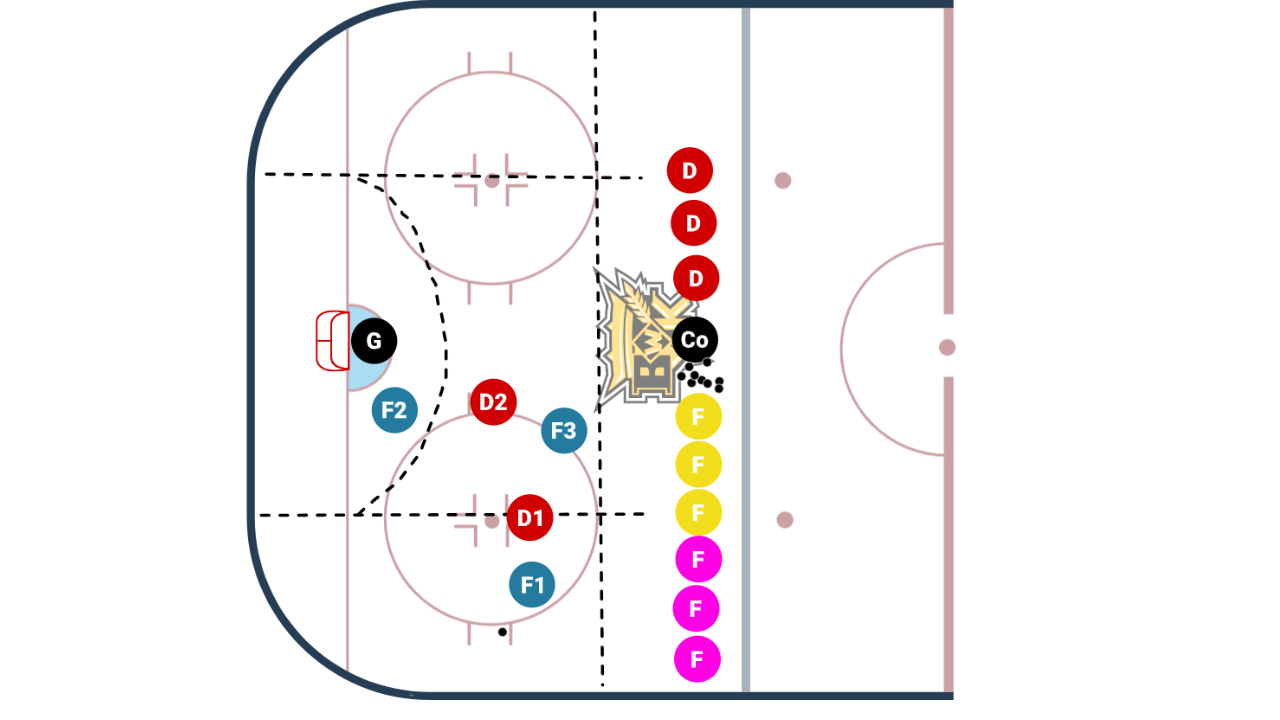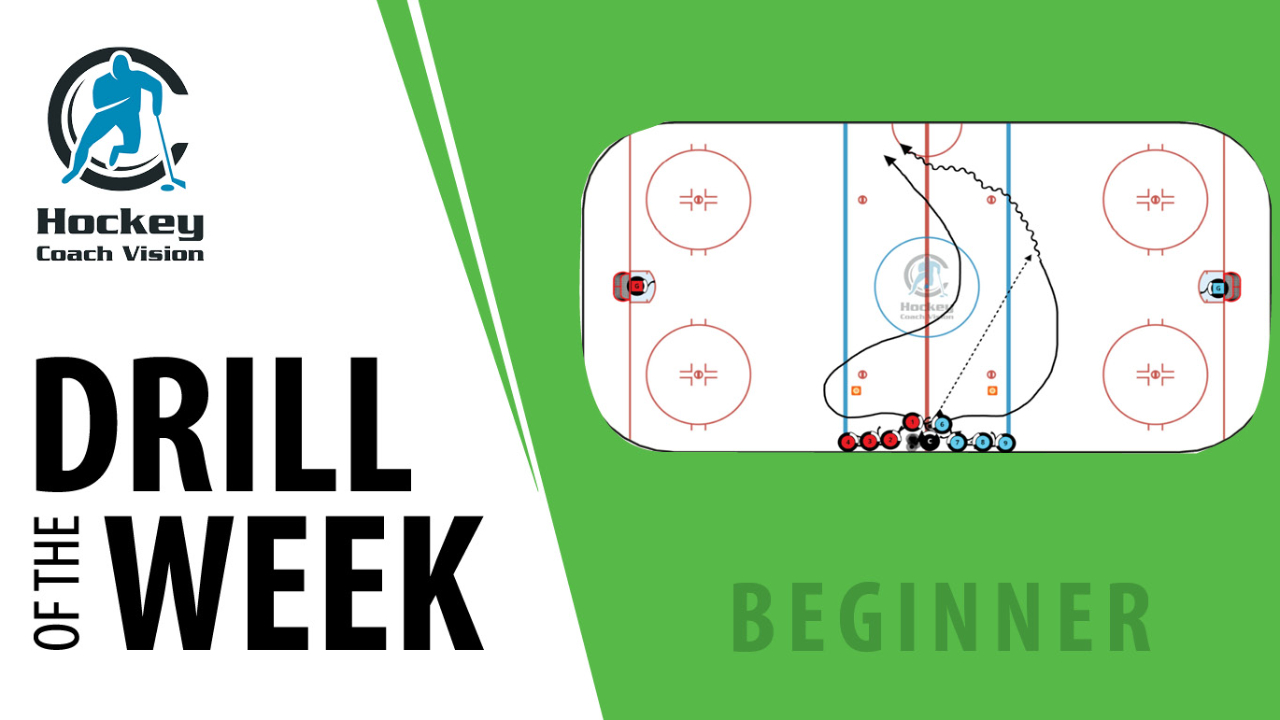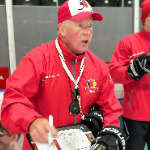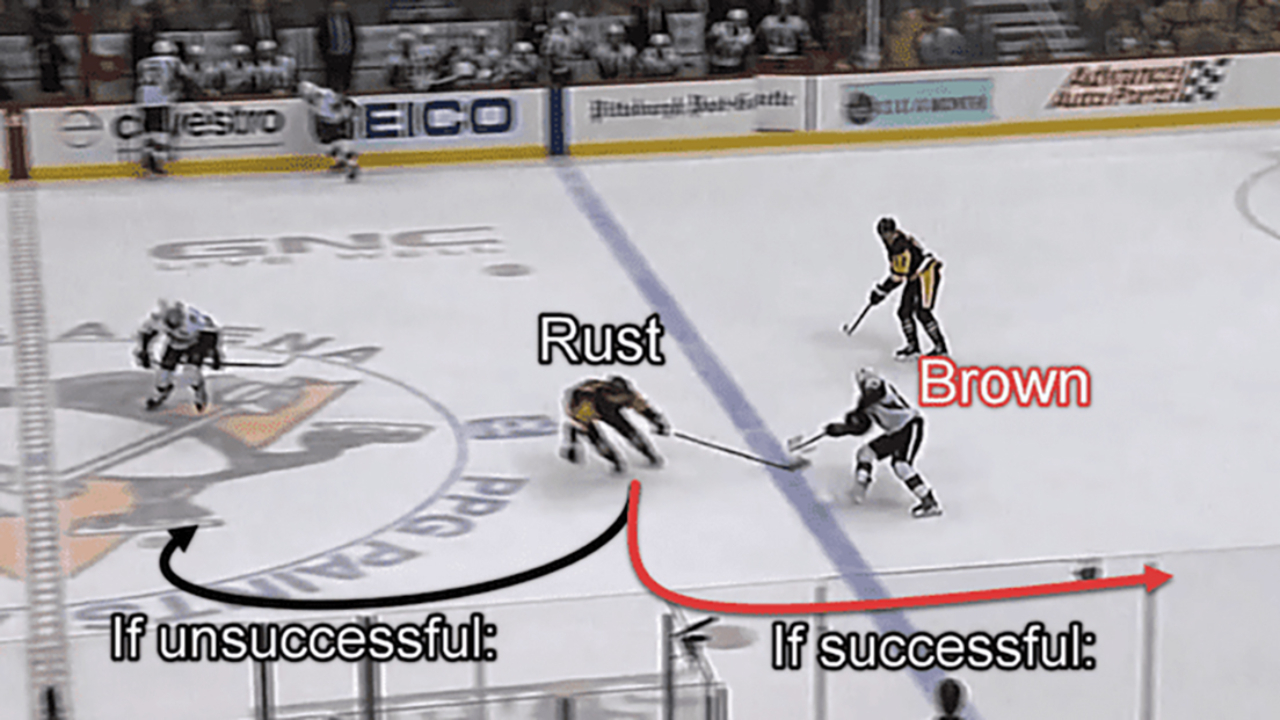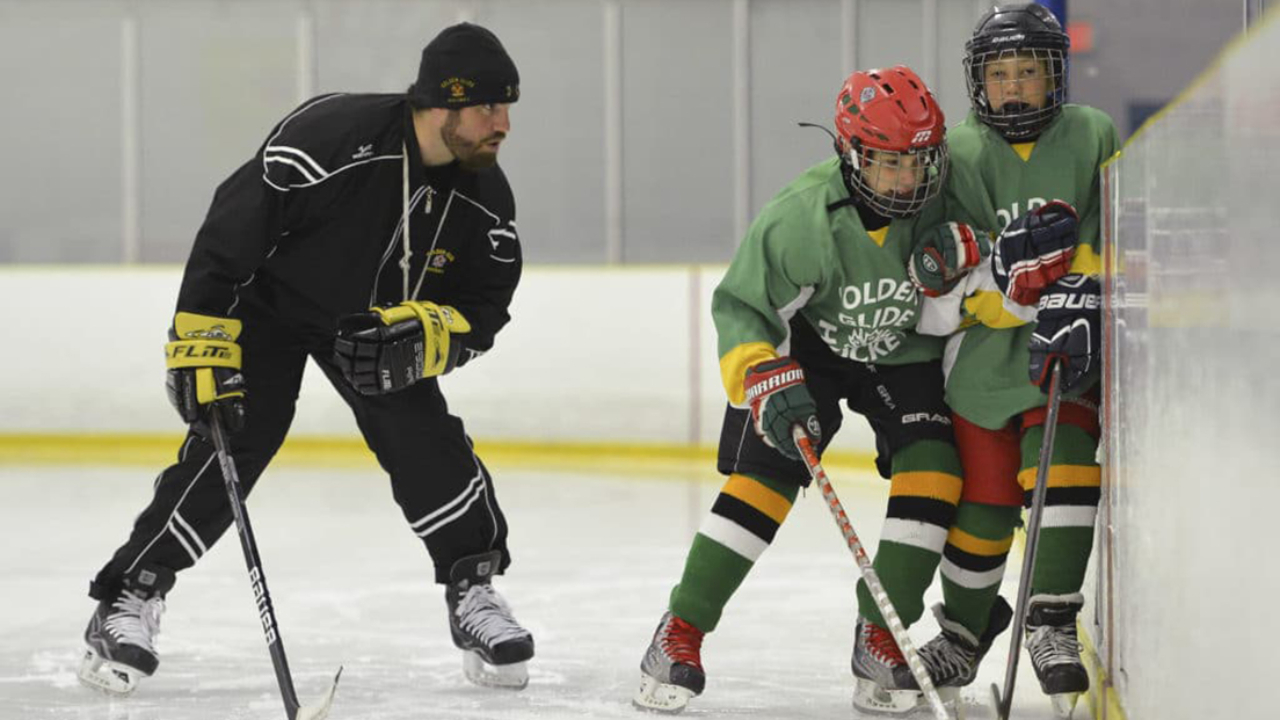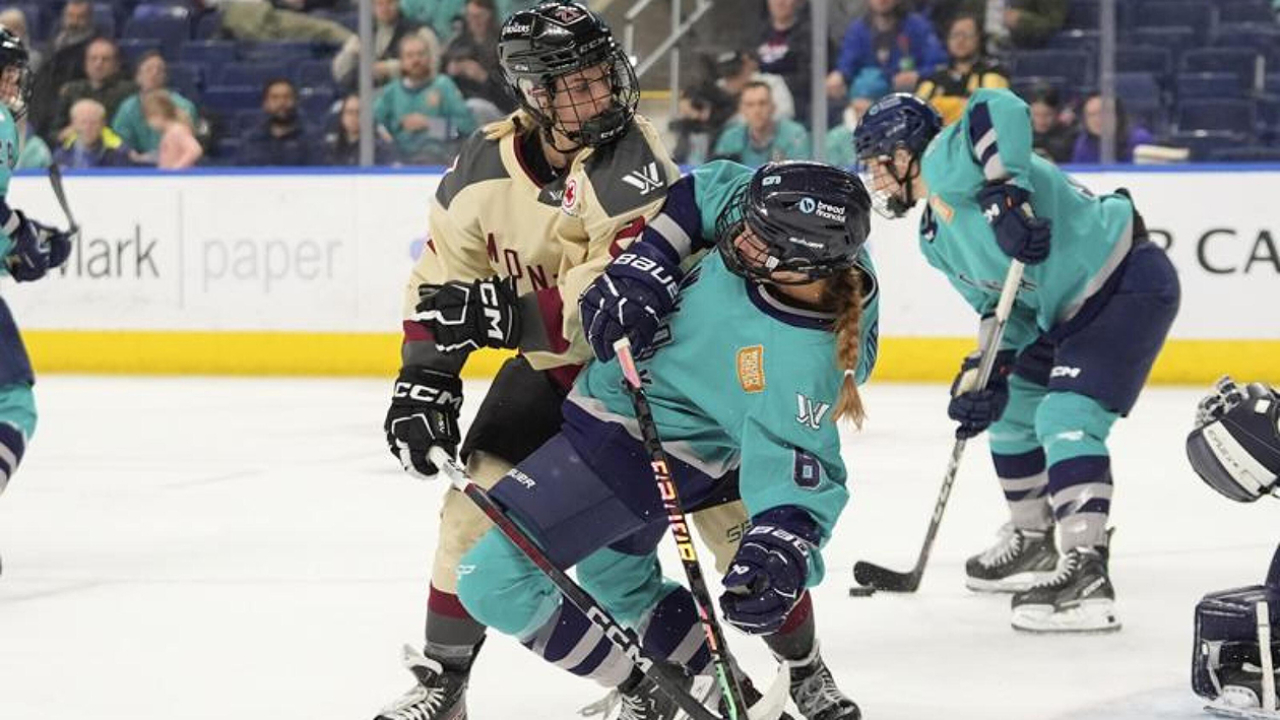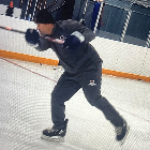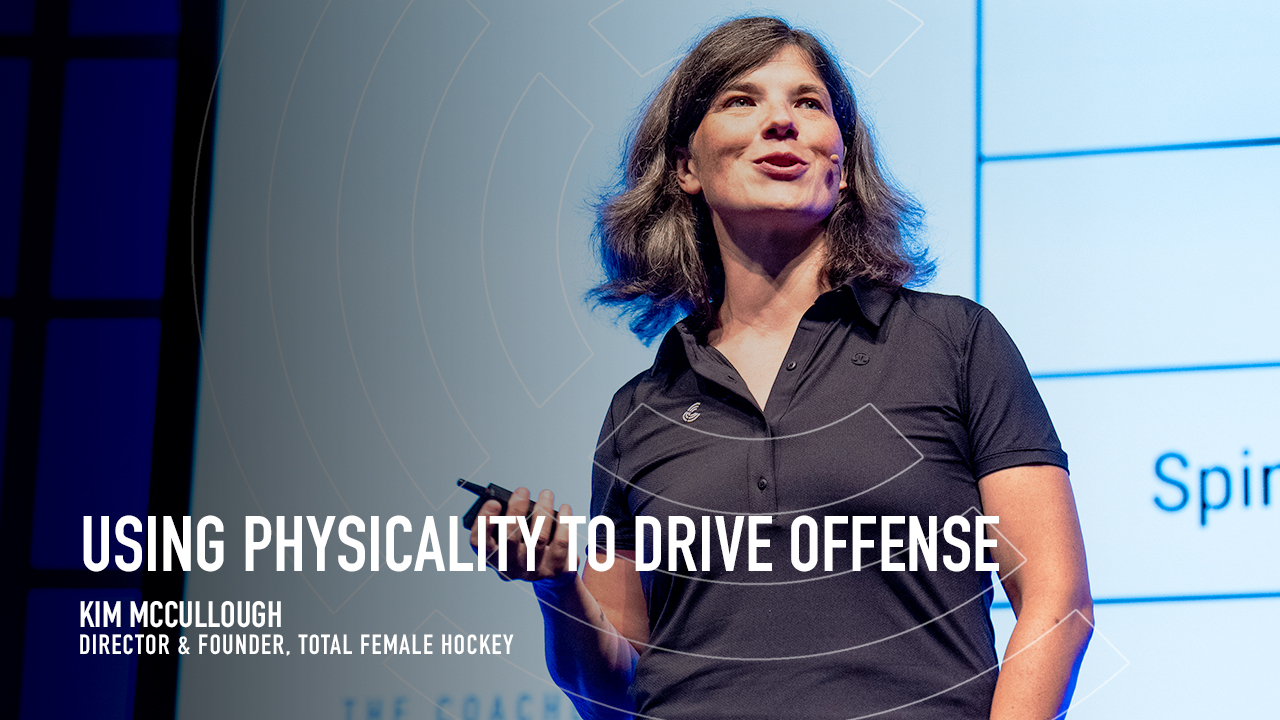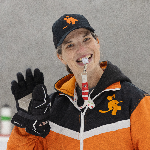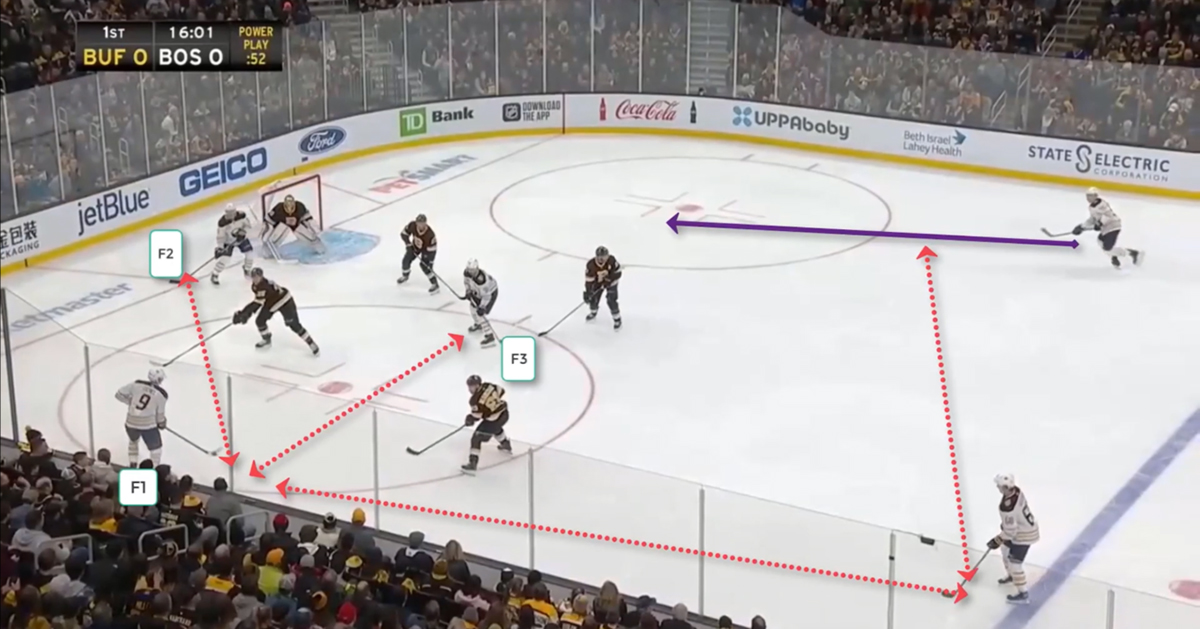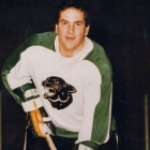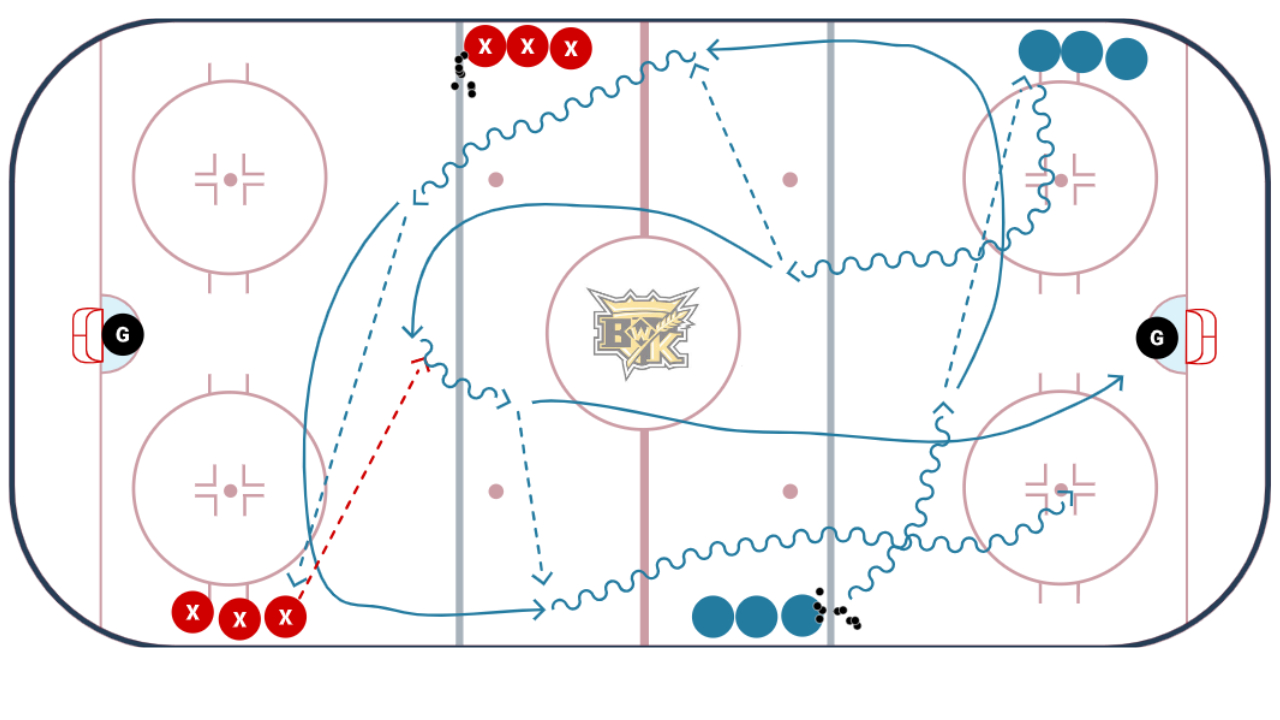
Improving individual skills like stick handling, shooting, and edge work seems to have taken over how we develop our youth players. However, coaches have overlooked essential skills like passing, timing, recieving and defensive skills such as angling and understanding the difference between body contact and checking.
Performing sick dangles, scoring top cheese, and doing the mo-hawk are all fine and dandy, but if your team is always playing on defense because of the lack of developing support skills, what good will they be?
Grasping the Concept of Angling
Angling requires young players to read their opponent's movements and adjust their positioning accordingly. This skill necessitates good balance, timing, and anticipation. Drills that simulate game situations, where players must use their bodies and sticks to guide opponents, can be highly effective in teaching angling techniques. And can have a huge impact on the pace of the game.
Integrating angling drills into regular practice sessions ensures that this critical skill is developed alongside other fundamental hockey techniques. Below is my one of my favourite angling drills I stole from Laura Schuler on her presentation, The Art of Angling. Its a fast back and forth 1v1 drill, where we are focusing on the arch of the angle, onlong with a good stick. Trying to use the components of being physical along the wall! As soon as the player recieves the pass to move up the wall, the player behind them is activated to play the player on the oposite side.
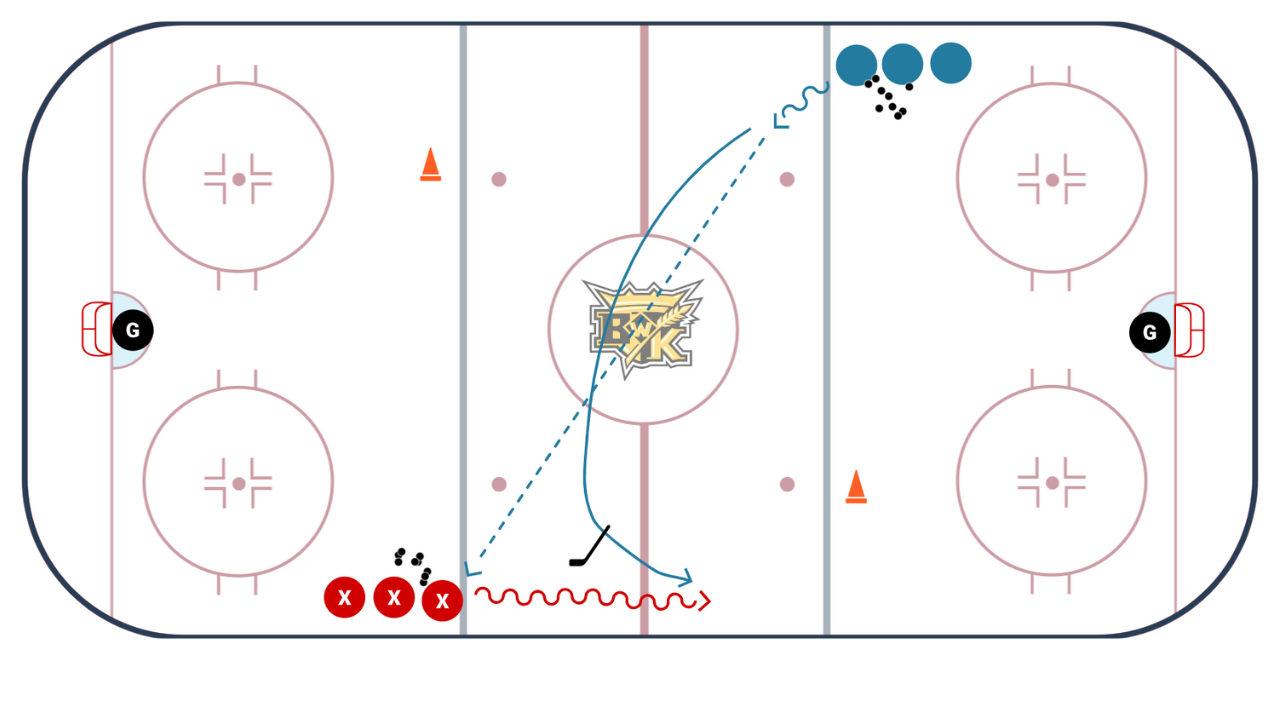
Differentiating Body Contact and Checking
Body contact and checking are distinct elements in hockey, each serving different purposes. Body contact is about using the body to maintain or establish a position on the ice, ensuring players can protect the puck or take up space effectively. This technique emphasizes balance, control, and timing. Checking, on the other hand, is a more aggressive tactic aimed at separating the opponent from the puck, requiring precision and strength. It involves a higher level of physical engagement and is typically introduced to players as they mature and develop more advanced skills. Check out this great presentation by Meredeth Roth on Using Body Contact To Create Space and how you can start teaching body contact at the U9 and U11 ages.
Unlocking Your Team Passing & Timing Skills
Effective passing is a cornerstone of successful and requires precision, timing, and vision. Players must learn to deliver accurate passes under pressure, whether executing a quick outlet pass from the defensive zone or threading the needle through a congested neutral zone. Drills that emphasize puck movement, passing, timing and recieving skills will support a team who plays together and hard to defend.
Players should also work on their ability to receive passes cleanly, as this skill is just as important as delivering the pass itself. Coaches can introduce drills that focus on receiving the puck in stride, ensuring players can maintain speed and fluidity in their game. Below is a great Passing, Recieving and Timing drill called Peterborough Passing that I incorporate in my U13 practice at least twice a month.
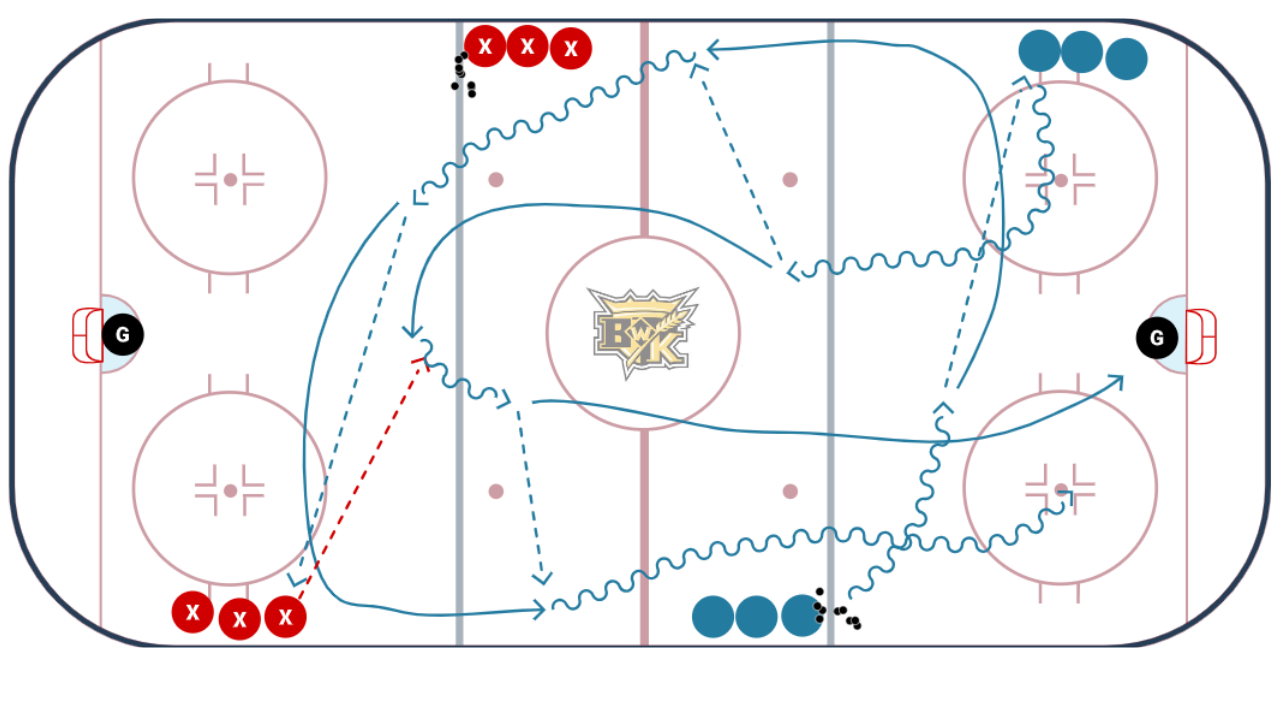
Incorporating Off-Puck Supporting Skills in Practice
Incorporating off-puck skills into practice requires thoughtful skill-stacking planning and execution by coaches. Focused drills how to support teammates when you don't have the puck, can significantly enhance a player's overall game awareness and hockey IQ. Using small area games with boundaires is a great way to work on these skills. In the picture below, I created a traingular read SAG using boundaires to help players understand how to support each other in the Ozone. click on this link to see my post on Teaching Triangular Reads Through Small Area Games.
